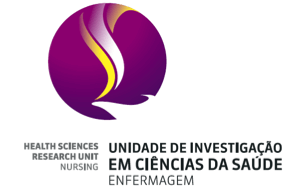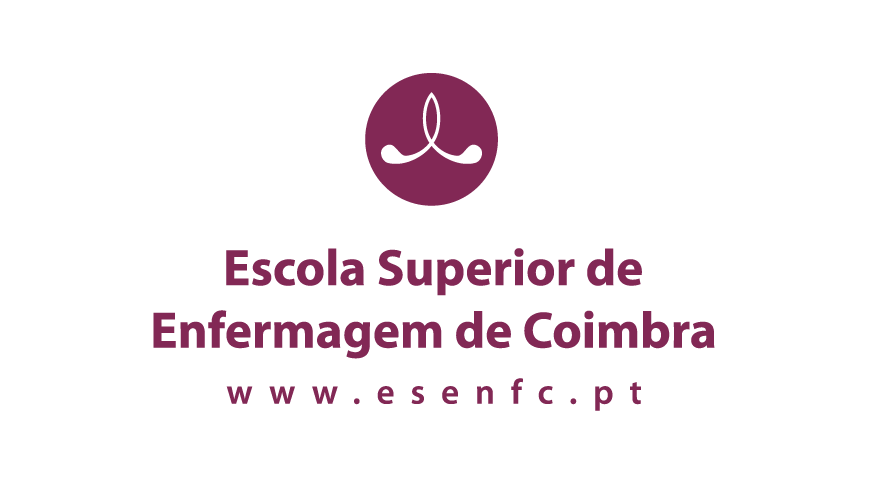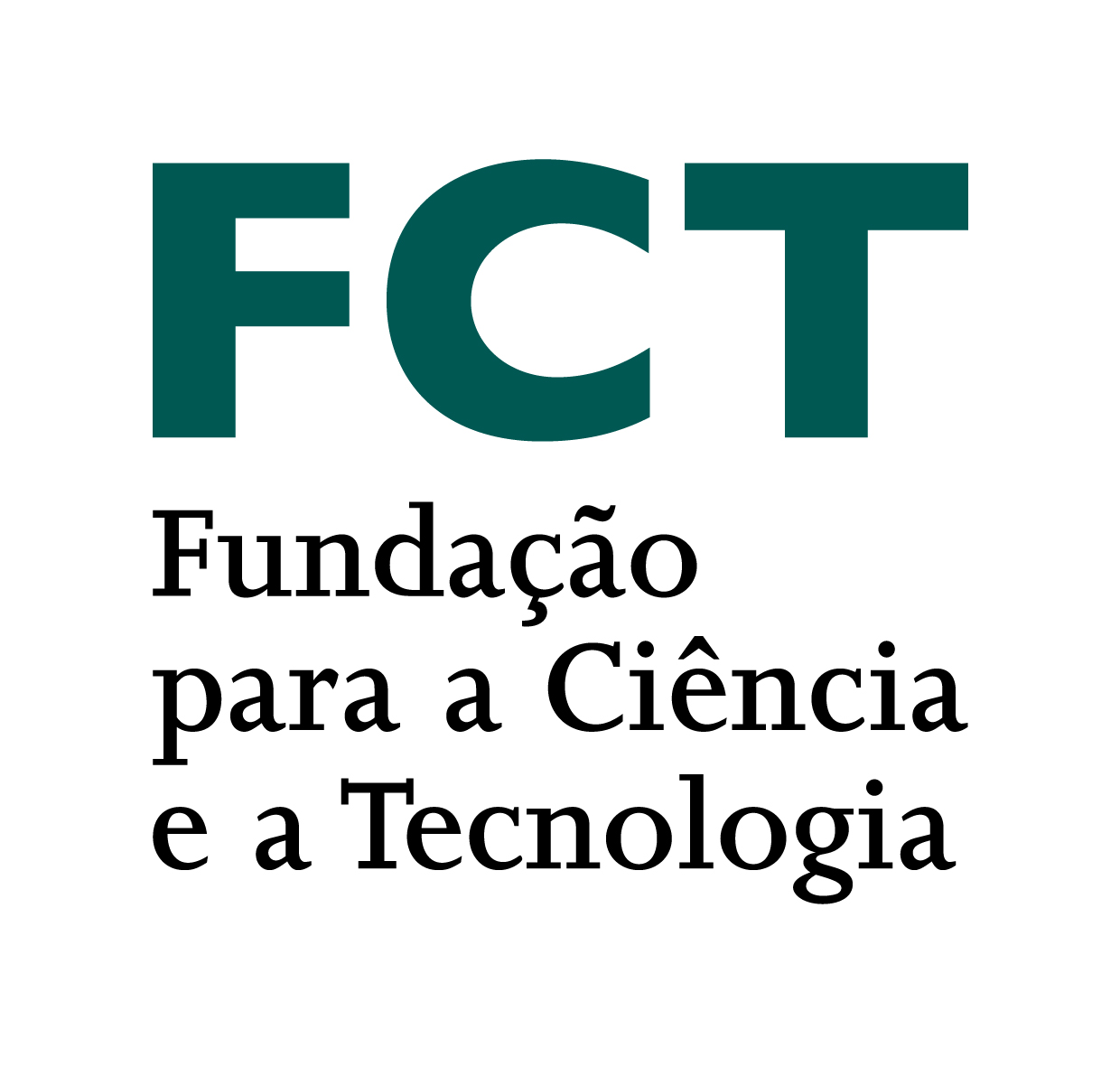ATENÇÃO
Comunicamos que esta página da revista não se encontra atualizada.
Decorrente da transição da Revista de Enfermagem Referência para a plataforma OJS (Open Journal Systems) a submissão de artigos, desde o dia 01 de janeiro de 2023, será realizada exclusivamente através da seguinte página: https://revistas.rcaap.pt/referencia, onde poderá encontrar todas as políticas editoriais, e ainda as instruções aos autores e os respetivos templates para processo de submissão.
|
Resumo
Enquadramento: O Newest Vital Sign (NVS) foi construído para ser um instrumento de administração simples e rápida de avaliação da Literacia em Saúde (LS). Objetivos: Disponibilizar um instrumento em língua portuguesa para a avaliação de LS da população portuguesa. Metodologia: Tradução para a língua portuguesa e adaptação cultural da versão original inglesa do NVS. O processo de validação incluiu a análise fatorial e a avaliação das propriedades psicométricas e o estudo da associação com a autoeficácia, Índice de Massa Corporal (IMC), idade e estilos de vida. Resultados: A fiabilidade foi aceitável, com alfa de Cronbach entre 0,67 e 0,83. Da análise fatorial com rotação ortogonal varimax obteve-se uma solução de dois fatores que explicam 60,97% da variância. A validade de construção foi ainda suportada pela confirmação das correlações entre a versão portuguesa do NVS (NVS-PT) e a idade, IMC e SES (validade convergente-divergente) e pelo facto de os mais velhos pontuarem mais baixo no NVS-PT (p = 0,001). Conclusão: A versão portuguesa do NVS evidenciou características psicométricas aceitáveis. Palavras-chave literacia em saúde; Portugal; população; estudos de validação.
Bandura, A. (1997). Self-efficacy: The exercise of control. New York, NY: Freeman.
Barrett, G., Smith, S. C., & Wellings, K. (2004). Conceptualisation, development and evaluation of a measure of unplanned pregnancy. Journal of Epidemiology and Community Health, 58(5), 426-433. Barrett, S. E., Puryear, J. S., & Westpheling, K. (2008). Health literacy practices in primary care settings: Examples from the field. The Commonwealth Fund, 81(11). Recuperado de http://www.commonwealthfund.org/~/media/Files/Publications/Fund%20Report/2008/JanHealth%20Literacy%20Practices%20in%20Primary%20Care%20Settings%20%20 Examples%20From%20the%20Field/Barretthltliteracy practicesprimarycaresettingsexamplesfield_1093%20pdf.pdf Berkman, N. D., Davis, T. C., & McCormack, L. (2010). Health literacy: What is it?, Journal of Health Communication: International Perspectives, 15(Suppl. 2), 9-19. doi:10.1080/10810730.2010.499985 Dewalt, D. A., Boone, R. S., & Pignone, M. P. (2007). Literacy and its relationship with self-efficacy, trust, and participation in medical decision making. American Journal of Health Behaviour, 31(Suppl. 1), S27-35. doi:10.5555/ajhb.2007.31.supp.S27 Eichner, J., & Dullabh, P. (2011). Accessible health information technology (Health IT) for populations with limited literacy: A guide for developers and purchasers of Health IT. Rockville, MD: Agency for Healthcare Research and Quality. European Health Literacy Survey Consortium. (2012). Comparative report of health literacy in Eight EU Member States. Recuperado de http://www.health-literacy.eu Federal Interagency Forum on Aging-Related Statistics. (2008). Older Americans 2008: Key indicators of well-being. Recuperado de http://www.agingstats.gov/agingstatsdotnet/Main_Site/Data/Data_2008.aspx Institute of Medicine. (2009). Toward health equity and patientcenteredness:Integrating health literacy, disparities reduction, and quality improvement: Workshop summary. Washington, DC: National Academies Press. Nunnally, J. C., & Bernstein, I. H. (1994). Psychometric theory. New York, NY: McGrawHill. Pajares, F. (2002). Overview of social cognitive theory and of self-efficacy. Recuperado de http://www.emory.edu/EDUCATION/mfp/eff.html Peerson, A., & Saunders, M. (2009). Men’s health literacy: Advancing evidence and priorities. Critical Public Health, 19(3), 441-456. doi:10.1080/09581590902906229 Ribeiro, J. L. P. (1994). Adaptação do “Self-Perception profile for College Students” à população portuguesa: Sua utilização no contexto da psicologia da saúde. In L. Almeida & I. Ribeiro (Eds.), Avaliação psicológica: Formas e contextos. Braga, Portugal: Apport. Scientific Advisory Committee of the Medical Outcomes Trust. (2002). Assessing health status and quality-of-life instruments: Attributes and review criteria. Quality of Life Research, 11(3), 193-205. Sorensen, K., Van den Broucke, S., Fullam, J., Doyle, G, Pelican, J, Slonska, Z., & Brand, H. (2012). Health literacy and public health: A systematic review and integration of definitions and models. BMC Public Health, 12, 80. doi:10.1186/1471-2458-12-80. Staquet, M. J., Hays, R. D., & Fayers, P. M. (1998). Quality of life assessment in clinical trials: Methods and practice. Oxford, England: Oxford University Press. Weiss, B. D., Mays, M. Z., Martz, W., Castro, K. M., DeWalt, D. A., Pignone, M. P., … Hale, F. A. (2005). Quick assessment of literacy in primary care: The newest vital Sign. Annals of Family Medicine, 3(6), 514-522. doi:10.1370/afm.405 White, S. (2008). Assessing the Nation’s Health Literacy - Key concepts and findings of the National Assessment of Adult Literacy (NAAL). Recuperado de http://www.ama-assn.org/resources/doc/ama-foundation/hl_report_2008.pdf World Health Organization (2009). Background note: Regional Preparatory Meeting on Promoting Health Literacy. Recuperado de http://www.un.org/en/ecosoc/newfunct/pdf/chinameetinghealthliteracybackgroundpaperv2.pdf Zarcadoolas, C., Pleasant, A., & Greer, D. S. (2006). Advancing health literacy. A framework for understanding and action.San Francisco, CA: John Wiley & Sons.
| ||||||||||||||||||||||||||||




















